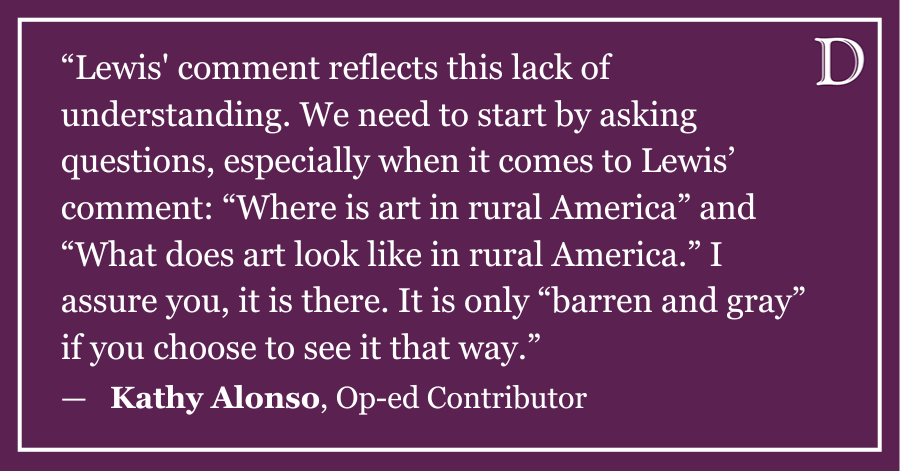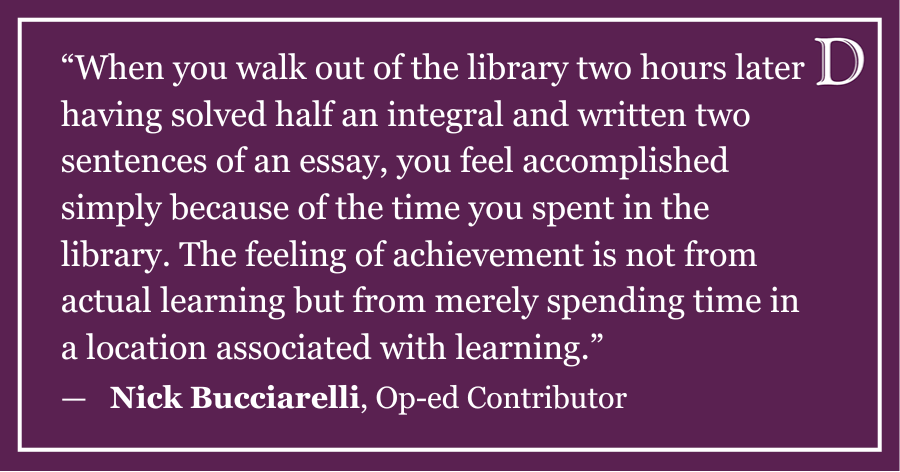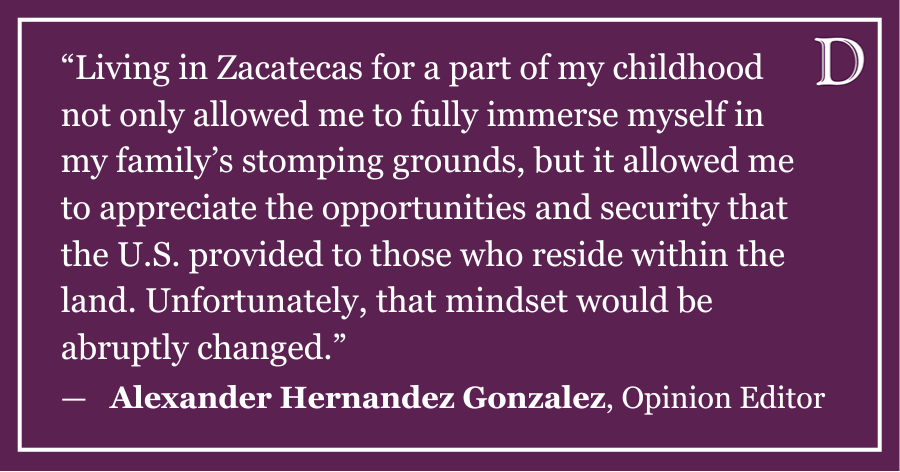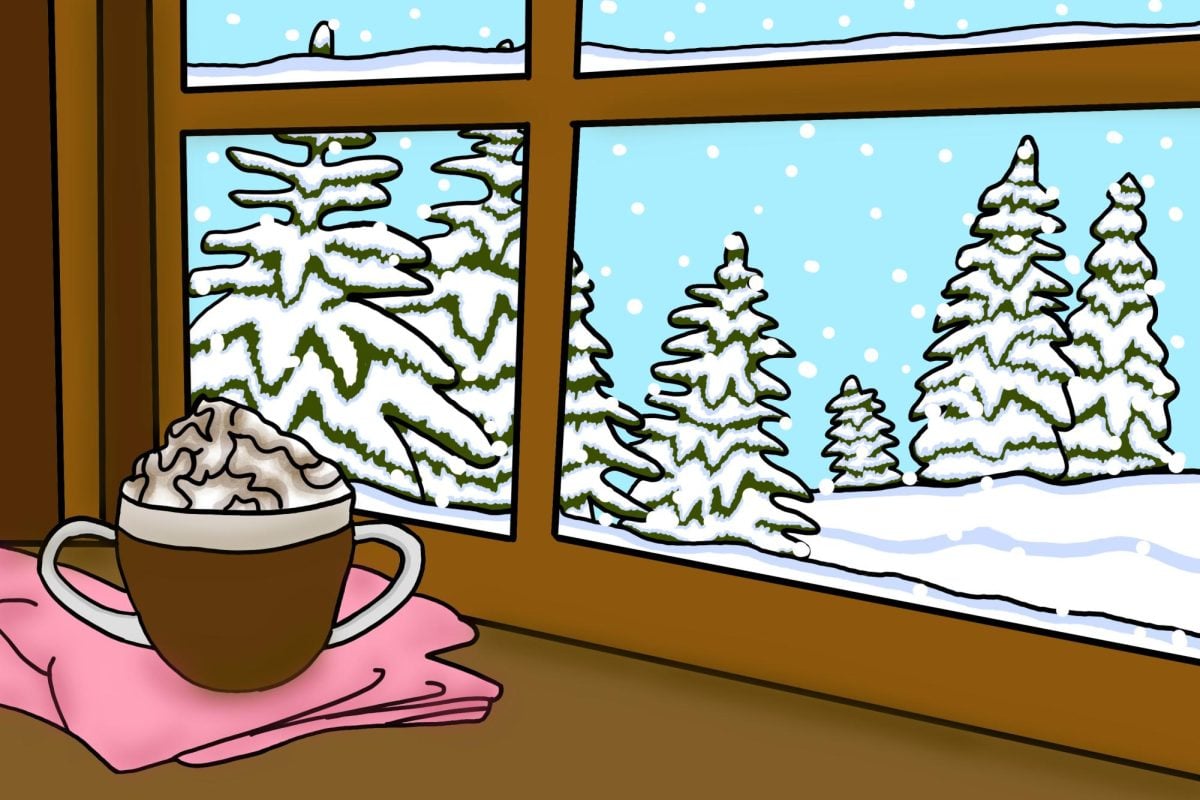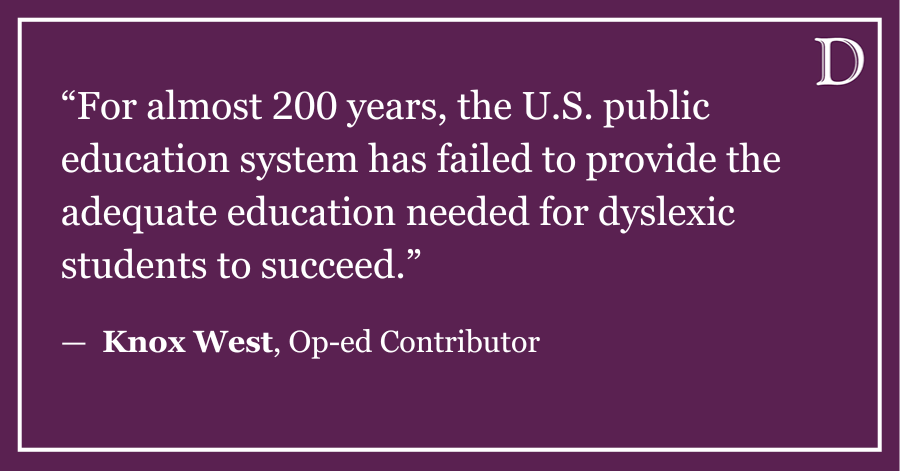I, along with over 8 million others and probably most of you, saw “Wicked” with my family during Thanksgiving break. The whole gang, fully decked out in green body paint and Emerald City couture, drove over to the nearest movie theater to see the highly anticipated movie-musical. However, I left the theater feeling conflicted about how impressed I should be. Of course the vocals were great, the world-building was awe-inspiring and the story itself makes me nostalgic. But there was a nagging part of me that felt the screen couldn’t do it justice.
I had the privilege of seeing “Wicked” performed live in 2017, and it was the first musical I had ever seen. Immediately, it became my hyperfixation. I had the entire soundtrack memorized and knew the names, and probably too many details, of my specific cast within a week. From then on, I have been an unapologetic, at times obnoxious, musical theatre lover. The scores of “Spring Awakening” and “Heathers” are always my go-to road trip karaoke songs, and probably my favorite thing about going to Northwestern is the ease with which I can see quality, live musical theatre.
Sometimes, art is meant to be experienced live. Taylor Swift fans will pay thousands of dollars to see her in concert, and tourists fly to Paris to see the Mona Lisa at the Louvre. There is something so innately special about performance that we yearn to feel. Performance is deliberate and calculated but also raw and emotional, and these dramatizations can allow us to access emotions that have felt far away.
While watching “Wicked” live, my 12-year-old heart ached for Elphaba, and Galinda’s shrill whine made the hairs on my arms stand straight. But when watching “Wicked” in the Cinemark at the Hill Country Galleria, I only felt amused and a dull soreness in my eyes from all the bright colors. Call me heartless — I know a lot of people, my family members included, left the theaters with tears in their eyes — but I struggled to emotionally connect with the movie adaptation. I just remembered it being better when I saw it on stage.
Upon arriving back to campus, the movie inevitably became a common topic of conversation, and many of my friends rightly pointed out that making a movie out of the Broadway sensation made a wonderful piece of art accessible to millions more people than before. I felt ashamed I had been so uppity in my review of the movie, because of course a $12 movie ticket is infinitely more affordable than paying upwards of $400 to see the musical, not including the flight to New York. So yes, the “Wicked” movie “makes theatre more accessible.”
But what if we just made theatre more accessible?
In general, the arts are not necessarily viewed as a “valuable” discipline. I’m sure all the theatre majors here can probably attest to the amount of times they get asked, “What’s your backup plan?” and told, “Oh … good luck with that!” But evidently, engaging in the performing and visual arts is inaccessible and reserved for those “cultured enough” to afford it. It seems like a paradox. There are so many aspiring artists who would love to share their creativity and passion with the world, yet the high prices would imply the supply of art is near to none!
Making fine arts more accessible to the common person through movies, social media or, hell, even pirating, is good as an indirect solution. But in order to make art truly accessible, we have to change the way the subject is socially perceived. If the arts are considered to be fundamentally important to society, there will be more investment of money, time and resources through our local governments, philanthropists and businesses.
We can see the differences between societies that value aesthetics and those which don’t. Rural America looks barren and gray, occasionally speckled with the golden arches, while small towns in Sweden maintain their traditional, although maybe more laborsome, architectural styles. When craftsmanship and creativity are valued, they are facilitated by their advocates.
If over 30 million people made their way to the movie theater this past weekend to see some art, then there must be more art lovers out there than we thought.
At NU, it is obvious that theatre, art, music, dance, comedy and any form of creative expression you could imagine are integral to the culture of this campus. Every weekend is booked with at least one a cappella showcase, two improv performances and three shows. Here, a Shanley Pavilion ticket is often free with your hourlong wait, but out in the real world, seeing a good show might be worth the amount of money earned during an eight-hour shift. But these aren’t silly college extracurriculars. Take them with you when you graduate and continue to be a patron of the arts. Art matters so much, not only for this school but for the whole world, and making it “popular” is how it becomes accessible to everyone.
Sophie Lewis is a Weinberg sophomore. She can be contacted at [email protected]. If you would like to respond publicly to this op-ed, send a Letter to the Editor to [email protected]. The views expressed in this piece do not necessarily reflect the views of all staff members of The Daily Northwestern.
